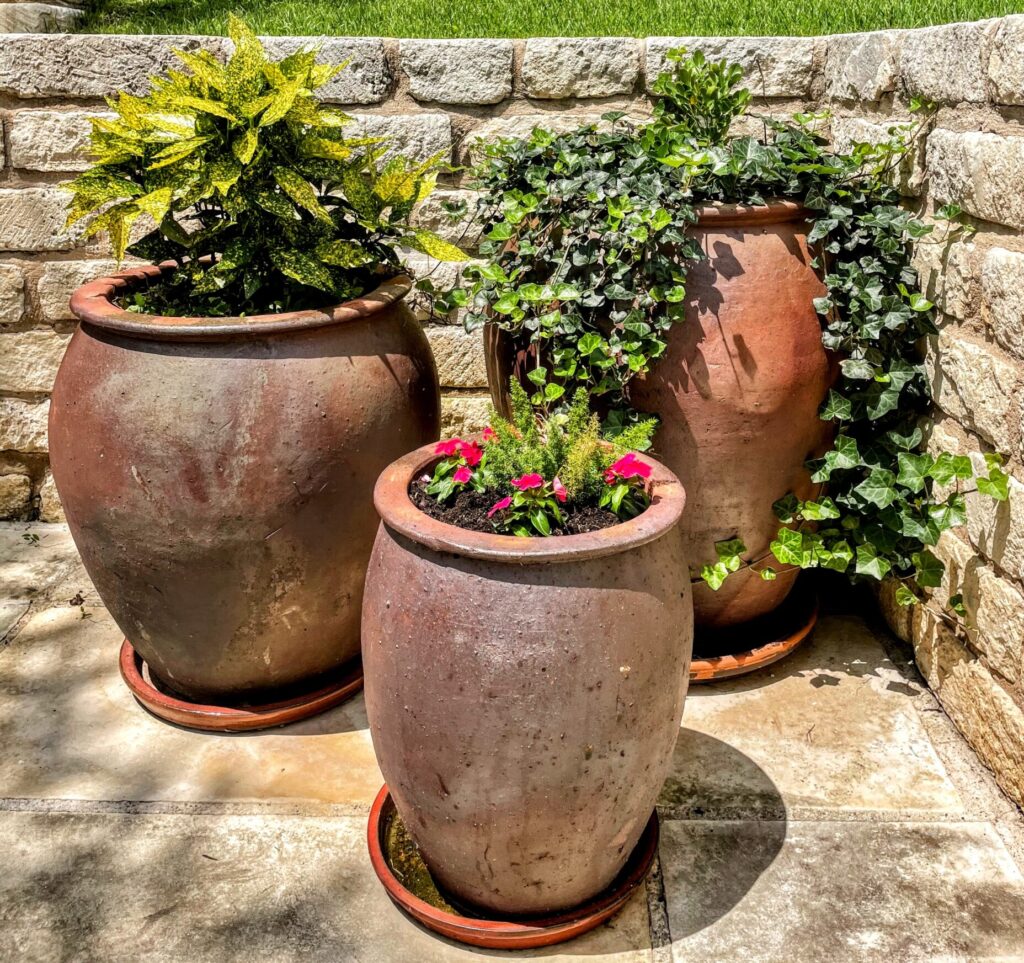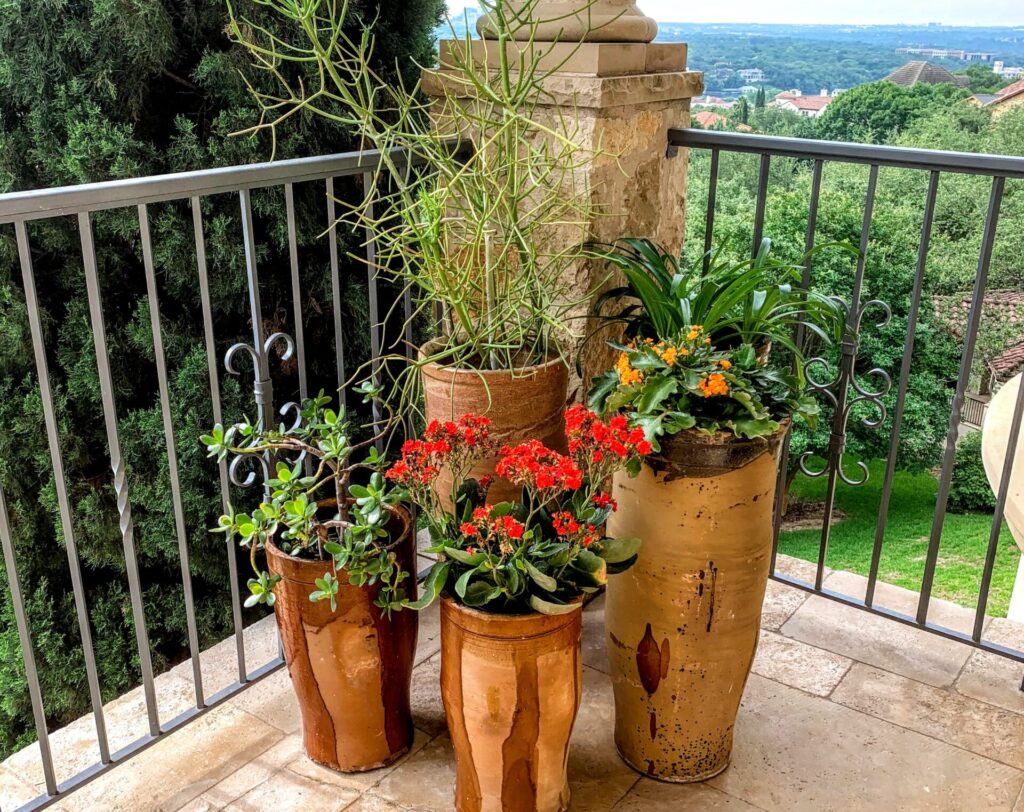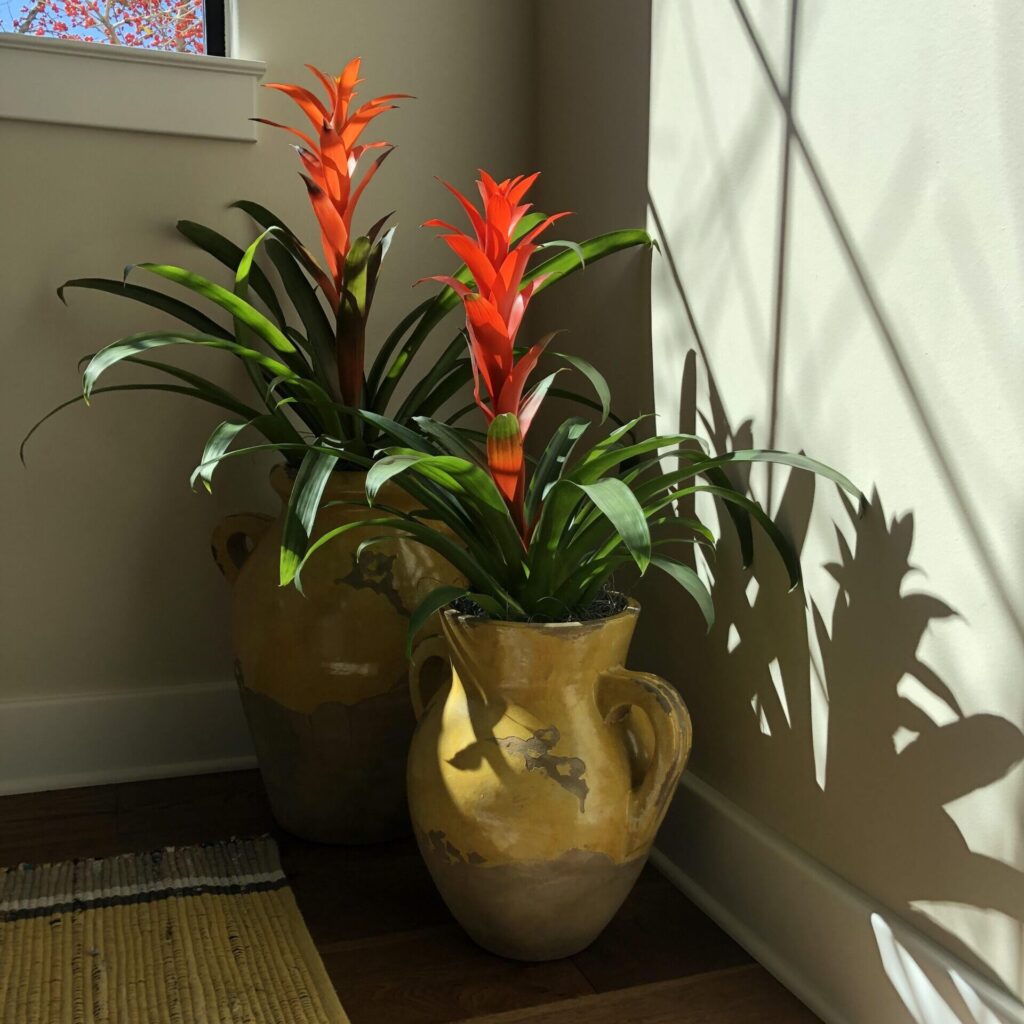Gallery

Finding the perfect indoor plant containers can transform your living space into a vibrant, green oasis. At Nature Indoors, we understand that the right container is more than just a pot – it’s a crucial element for plant health and home aesthetics.
Our curated selection of indoor plant containers offers a diverse range of styles, materials, and sizes to complement any décor and accommodate all your favorite houseplants. Explore our gallery of beautiful containers and discover the ideal homes for your botanical companions.
Ready to see more? Click the links below to browse our trusted vendor’s full inventory and find the perfect indoor plant containers to bring your green vision to life!
browse options
Indoor plant containers are the ideal home for your greenery, allowing you to precisely control soil conditions, ensure proper drainage, and prevent root overcrowding—all vital for thriving plants. These containers also protect your plants from external stressors, simplifying the management of light, humidity, and temperature, especially for delicate indoor species. Beyond their crucial functionality, our diverse range of indoor plant containers boasts a myriad of shapes, sizes, and materials, from porous ceramic to durable plastic, and a wide variety of designs. This extensive selection lets you effortlessly integrate plants into any interior décor, adding natural beauty and elegance to every room. The numerous benefits of indoor plants, like enhanced air quality, stress reduction, and improved mood, are well-known, and choosing the right indoor plant container ensures your plants will flourish.
Weatherproof plant containers are expertly crafted from highly durable materials, specifically chosen for their exceptional resistance to UV damage, cracking from harsh freeze-thaw cycles, and general wear. Unlike conventional pots, these robust weatherproof plant containers offer superior longevity, safeguarding your investment and providing a stable, healthy environment for your outdoor plants for years to come. Their sturdy construction often provides significant weight and stability, effectively reducing the risk of tipping during windy conditions. Beyond durability, these weatherproof plant containers offer unparalleled versatility for dynamic landscape design. Easily create stunning focal points on patios or in outdoor living areas, and successfully cultivate healthy plants in locations where traditional in-ground planting isn't feasible. They are the perfect solution for nurturing a wide range of plants, empowering you to perfectly tailor your outdoor greenery to your precise vision.
Fiberglass containers offer unmatched elegance and exceptional durability for both indoor and outdoor settings. Crafted from a robust yet surprisingly lightweight composite of glass fibers and high-quality resin, these premium containers are engineered to resist cracking, chipping, fading, and rotting. Their remarkable light weight ensures easy rearrangement, providing ultimate flexibility whether you're refreshing your interior decor or redesigning an expansive outdoor patio. The versatile design capabilities of fiberglass containers allow for a vast array of shapes, sizes, and colors, ensuring you can find the perfect piece to seamlessly complement any aesthetic. Fiberglass plant containers are incredibly low maintenance and promote optimal plant health with efficient drainage systems, making them a truly superior choice for any discerning plant enthusiast looking for both beauty and performance.


Not Sure where to start?
Our indoor plant design experts are here to create green solutions that complement your environment. Contact us today to start your journey toward a nature-inspired space.